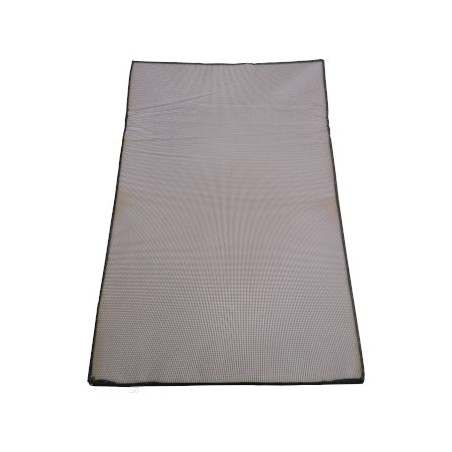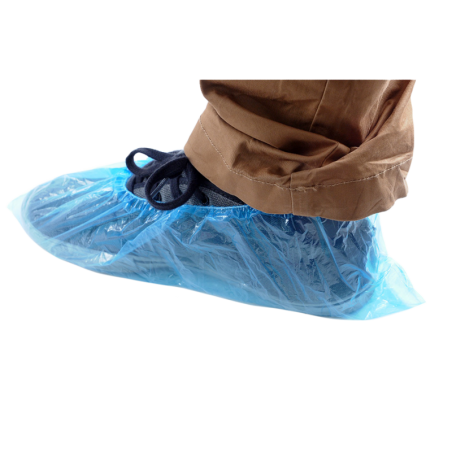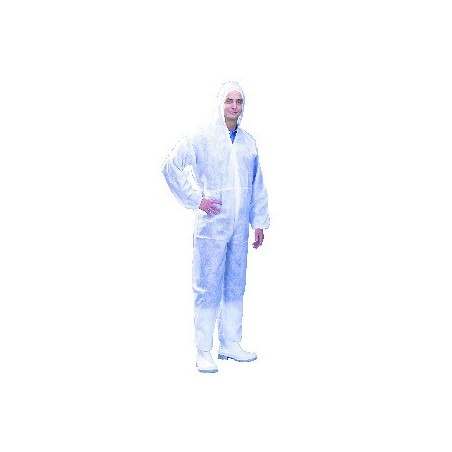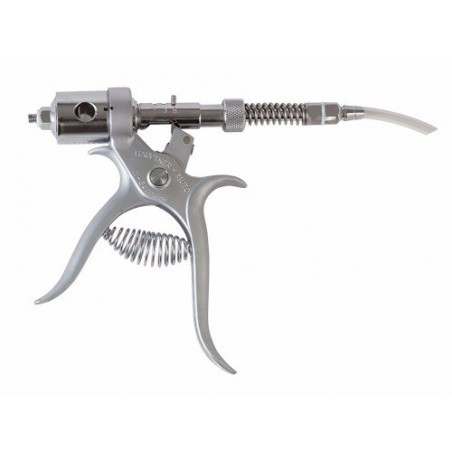Disease control continues to be one of the most challenging areas for pig producers and swine veterinarians around the world. Threats such us the entrance of a strain of a virus that is endemic in a region (i.e. PRRS) or the emergence of a highly virulent transboundary disease (i.e ASFV) are important factors that make effective biosecurity one of the number one measures that protect any swine production investment. Developing and maintaining a good herd biosecurity program is crucial to disease control for every farm. This article is the second in a series focussing on the segregation of farm zones. Here we will describe three videos that illustrate how to make an appropriate transition between several key clean and dirty zones. In each of the videos, dirty zones will be displayed by the colour grey, clean zones will be displayed by the colour white, and the colour red will indicate a potential contamination event.
Farm entry

A Danish entry consists in a bench that acts as a barrier between the clean and dirty zones of the farm. In the first video, our visitor arrives with his car to the farm. His red hands and shoes are the indication that they are potentially contaminated. The outside of the unit is considered to be the dirty side. A bench is the landmark that a change of shoes is needed in order to enter into the intermediate or ‘sock only’ zone. It is critical that as the shoes are removed, the shoeless feet do not step on the ‘dirty’ outer area. Avoiding that contact, will prevent a cross over between zones and a potential contamination with the farm clothing and boots. Outside clothes should be hung in the dirty zone of the farm if possible. As a minimum they should be removed and hung in the intermediate zone. After a hand sanitation process, the visitor can proceed to get dressed in clean farm clothing and step into clean farm footwear located at the clean zone. Providing training on how to enter the farm, and designing clearly understandable signs for each zone indicating what to do at every point, are always very helpful for farm staff and visitors. If necessary, consider translating them in different languages for a clearer interpretation.
Load-outs
Loading pigs for transport to market can be as stressful for the pigs as it is for their handlers. Poorly designed loading facilities increase the incidence of handler intervention, stress for the animals and people, longer loading times, and from the biosecurity perspective, a higher chance to make mistakes. In second video, a potentially contaminated truck arrives to the farm load-out area. Truck driver and farmer stand in their positions at both sides of the dirty/clean boundaries that are indicated with a vertical line. The farmer stays in the clean side of the load out and sends the pigs to the truck while the trucker remains at the other side and receives the pigs. A well-designed load out will allow the pigs to move easily in the correct direction with minimum intervention. Preventing the movement of animals and people back and forward between clean and dirty zones will avoid a cross over of traffic and will minimize the risk of contamination from the truck to the farm.
Perimeter fence
The farm’s perimeter fence is the first line of defense that controls the movement of people, vehicles, and animals, especially wild pigs, from the traffic control area around a swine farm. In order to function properly, the perimeter fence should go around all of the farm buildings, should be well maintained with no obvious gaps, and should remain free of vegetation. Ideally, it is recommended to be buried to a depth of 18 cm into the ground, or as a minimum, be in contact with the ground. As the primary barrier, it should be fully inspected at least once a month. In third video, an incorrect fence status (i.e. an opened gate) allows the entrance of a wild animal into the traffic control area. This event increases the risk of disease transmission into the main unit by allowing the contamination of the zone directly adjacent to the pig barn.











